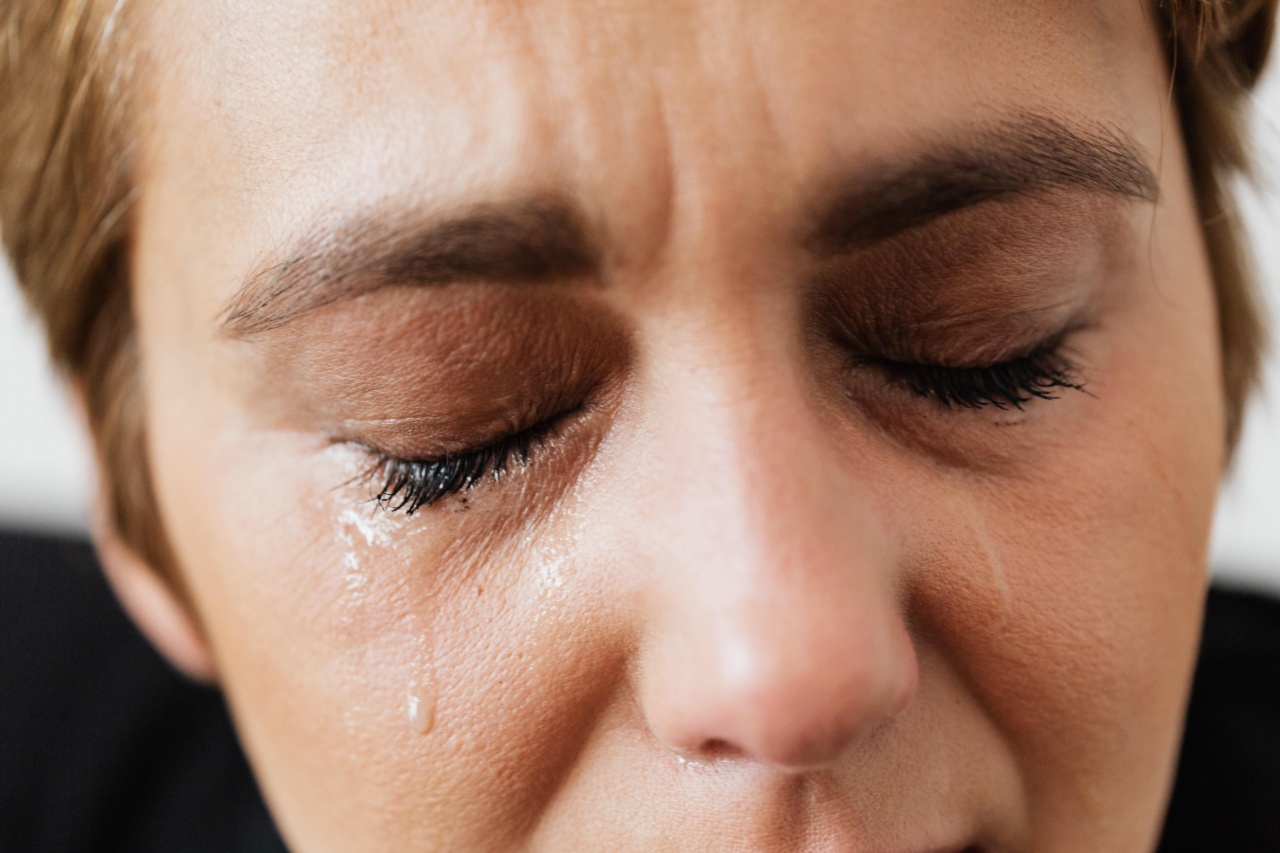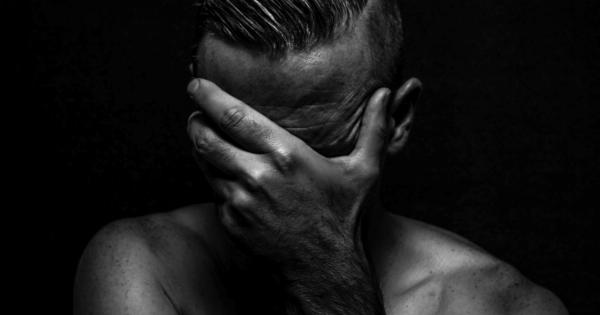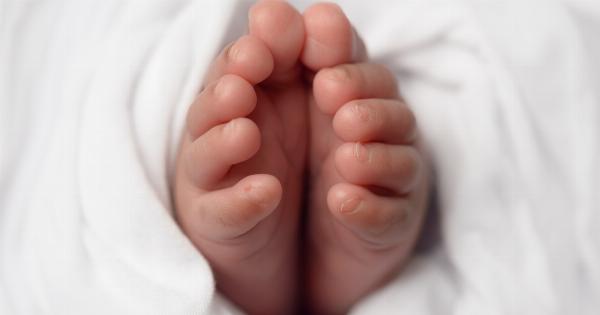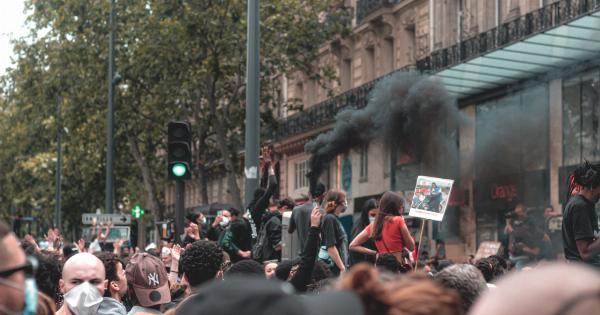In our society, tears have always been associated with vulnerability and fragility. Crying is often seen as a sign of weakness, a display of emotions that make people uncomfortable.
However, what happens when shedding tears becomes not just frowned upon, but an actual crime? This article explores the disturbing notion of tears of shame and how crying can be criminalized in certain contexts.
1. The Cultural Stigma Around Crying
From a young age, children are often taught to suppress their tears and refrain from crying in public.
This societal expectation stems from the idea that crying is a sign of weakness, particularly for boys who are told to “man up” and avoid shedding tears. This cultural stigma around crying sets the stage for tears to become a potential crime.
2. The Criminalization of Emotional Expression
In some societies, there are explicit laws and regulations that criminalize emotional expressions, including crying. These laws prioritize maintaining a stoic and unemotional facade, punishing those who dare to show vulnerability.
This criminalization of emotional expression goes against the basic principles of human rights and freedoms.
3. Tears as a Form of Protest
Throughout history, tears have been used as a powerful form of protest and resistance. In oppressive regimes, individuals may break the law by crying in public, using their tears to amplify their voices and draw attention to the injustices they face.
The act of shedding tears becomes an act of defiance, a symbol of resistance against oppression.
4. The Gendered Nature of Tears of Shame
While cries of shame can affect people of all genders, there is often a disproportionate impact on women.
Society’s expectations of women as nurturing and caretaking beings often result in harsher judgments when women cry, labeling them as overly emotional or weak. This gendered nature of tears of shame perpetuates harmful stereotypes and inequalities.
5. The Emotional Toll of Criminalizing Tears
When crying becomes a crime, individuals are forced to suppress and stifle their emotions, leading to severe emotional distress. The inability to express oneself authentically denies individuals the opportunity to heal and seek support.
This emotional toll can have long-lasting effects on mental well-being and overall quality of life.
6. The Fight for Emotional Freedom
Thankfully, there are individuals and organizations advocating for emotional freedom and challenging the criminalization of tears.
By promoting healthy emotional expression and addressing the underlying causes of societal stigmas, progress can be made towards a more empathetic and compassionate society that embraces vulnerability.
7. The Importance of Mental Health Awareness
Addressing the criminalization of tears requires a comprehensive understanding of mental health and the impact of societal expectations on emotional well-being.
Promoting mental health awareness and providing accessible resources for support is crucial in combating the harmful consequences of tears of shame.
8. Breaking the Taboo: Encouraging Emotional Expression
To eradicate the criminalization of tears, it is essential to break the taboo surrounding emotional expression.
This can be done through educational initiatives that emphasize the importance of emotional well-being, promoting empathy and understanding, and creating safe spaces for individuals to express their emotions without fear of judgment or criminalization.
9. Changing Legal Systems to Protect Emotional Rights
Legal systems must also evolve to protect emotional rights and recognize the harm caused by criminalizing tears.
Reforming existing laws and regulations that contribute to the criminalization of emotional expression is crucial in ensuring that individuals can freely and safely express their emotions.
10. Embracing Vulnerability: The Path to Healing
Ultimately, society must learn to embrace vulnerability and recognize the value of emotional expression. Allowing individuals to cry without shame or fear of punishment fosters a culture of compassion, empathy, and understanding.
It is through this acceptance of vulnerability that healing and personal growth can occur.































